The content of the article
Being a natural dye, henna came to the modern world from a distant past. Previously, it was used exclusively for creating tattoos and mehendi (temporary painting on the body). Currently, henna is very popular because it restores damaged strands, gives the hair a natural shine and emphasizes the depth of color. Henna is an ideal option for oily hair, it normalizes the activity of the sebaceous glands.
How to choose henna for hair coloring
Henna is produced from the leaves of Lawsonia, which grows in Egypt, India and Middle Eastern countries. The plant is first dried, then manually fray until the formation of dust.
For territorial purposes, isolated Iranian and Indian henna. In their characteristics as a dye, they are almost identical, with the exception of two differences - the price and practicality.Indian henna is more expensive, it is harder to find, while Iranian is sold in any cosmetic store at an affordable price.
Indian henna is easier to wash off the hair, due to which the end result is always uniform. In cases with Iranian this is not observed. To achieve a uniform color will have to work hard.
If you decide to give preference to the elite series in the form of Indian henna, purchase it in professional cosmetics stores or via the Internet. In the second case, go to the official manufacturer's website, ask about the availability of all certificates, only then fill out the order form.
You can be sure of the quality of the product after its purchase. Brown color indicates expired shelf life, dirty swamp says that henna is fresh.
The effect of henna on hair
Before the procedure, it is important to learn basic knowledge. The composition of the dye does not penetrate into the hair shaft, it is retained only in the upper layer. Neither Iranian nor Indian henna guarantee copper or ginger shades.The end result depends on the current color of your hair.
So, light-blond beauties will be able to create a golden shoe, while girls with chocolate-colored hair can not dream of such.
Remember, natural henna does not brighten hair! If a consultant violently claims the opposite in a store, this indicates an artificial composition of the dye.
Positive properties of henna:
- relieves dandruff, treats minor inflammations on the scalp;
- nourishes weak, dull and lifeless hair;
- acceptable staining during pregnancy;
- protects from the harmful effects of environmental factors (sea water, wind, sun, etc.);
- creates visual density due to thickening of the hair;
- paints in deep and saturated color;
- possesses accumulative properties of the coloring pigment;
- normalizes the production of subcutaneous fat;
- restores hair at a moderate frequency of dyeing;
- Colorless henna heals hair many times better than color.
Negative properties of henna:
- the composition is poorly washed out from the top layer of hair;
- the complexity of the overlap of the pigment in other colors;
- unexpected results are possible at the first staining;
- significant difference in the final result and shade indicated on the package;
- frequent and long-lasting coloring turns hair into a loofah;
- the inability to use the composition as a clarifier;
- incorrect painting of gray hair (the difference in color remains);
- the inability to carry out the procedure on hair dyed with resistant paints;
- a large number of fakes, it is difficult to identify a natural dye.
Contraindications to henna hair coloring:
- burned and bitten hair;
- perm;
- pre-coloring hair with ammonia dyes;
- a large area of gray hair (more than 35%).
Possible shades of henna
Many girls, having heard the word "henna" immediately represent fiery-red hair. However, the situation is different. Depending on what kind of tide you want to get, natural ingredients are added to henna. Consider everything in order.
Adding clove infusion, strong brewing of black tea or natural brewed coffee will help make the chestnut color deeper or create it from scratch.
To give the naughty golden head of hair shine powder with chamomile extract,spiced turmeric, rhubarb or saffron.
If you want to fix the copper ebb, use a decoction of onion peel. It can be added directly to henna or used as a conditioner after dyeing.
Girls who want to achieve a stable chocolate color are recommended to breed henna in broth from kernels and shells of unripe walnuts.
You can add burgundy or eggplant tint to your hair with carcade, beet, elderberry juice, madder root or red wine.
Experts advise experimenting with different shades using Indian henna. As mentioned earlier, Iranian henna is cheap and unpredictable.
How to dye hair with henna
Before proceeding with the procedure, you need to prepare the composition for staining. Henna is produced in bags of 25 gr., In a box of 3 pcs. One bag is enough for short hair, two are bred for a hair of medium length, and three are used for dyeing long curls.
Dilute the composition of the individual characteristics. In a glass or ceramic container, fill the powder with hot water (not boiling water!), Close the lid and leave for 25 minutes. The mixture should not be liquid, but viscous.You can also fill the mixture with water at room temperature and leave it overnight, by the morning the henna will be ready for coloring.
Experts advise you to add to the diluted powder a few egg yolks or fatty kefir. With the help of simple manipulations, the composition will be easier to apply, and the hair will be enriched with nutrients.
Despite the fact that henna is a natural dye, be sure to take care of the presence of rubber or polyethylene gloves. Prepare a brush or food sponge for applying, change into old clothes.
The main difference between henna and ammonia paints is that the mixture is applied to clean hair. Otherwise, the composition is unevenly distributed, forming incomprehensible and ugly patterns on the hair.
- Wash your hair with shampoo, do not use balm. Collect them in the tail, squeeze out excess liquid. Wrap your head with a cotton towel, wait until moisture is completely absorbed (15–20 minutes). When the time is up, comb the strands with a comb with sparse and wide teeth.
- Before you apply henna on the entire surface of the hair, it is recommended to conduct a test. Wear gloves, scroll to the bottom of the occipital region 1 thin strand.Type a little money on a brush or sponge and paint a curl, wait 35 minutes. Wash off the composition and evaluate the result. Depending on the required color intensity, in the future you need to add or decrease the exposure time.
- Take a fat cream, cover it with ears, neck, temples, forehead, do not touch hair. This should be done in order not to stain the skin, because henna badly washed off.
- Divide the hair into 8-10 equal parts, break them into strands of 2 cm wide and slaughter at the roots. Dissolve one on the occipital region and begin dyeing.
- Put a strand on your hand, type on the brush a lot of henna and distribute it throughout the curl. The tool is applied only in a rich layer, otherwise there will be unpainted areas. Cover immediately the entire strand from root to tip. This technique will reduce the time for the procedure and will allow you to get monochromatic hair.
- Wrap the colored strand with foil, dissolve another curl on the back of the head, do the same. After you have processed the entire occipital area, smoothly go to the top of the head. Start staining symmetrically from top to bottom, going down to the ears. Also wrap the strands in foil.
- A good effect will be achieved if you additionally wrap your head with cling film, collecting all the strands under it. Then you can wrap a warm towel. This advice is to ignore the fair-haired ladies, because instead of a beautiful red hue can get dirty carrot or orange color.
- Now you need to sustain the composition on the hair for a certain period of time. The approximate time specified by the manufacturer in the attached instructions, but do not believe him blindly. You have already conducted a test on your own separate order, push off from it.
- There is a general recommended exposure time, but it is for informational purposes only. So, fair-haired beauties need to keep henna for 25 to 40 minutes. 10-20 minutes are enough for blondes, the dark-haired young ladies have the worst of all: the aging time of the paste on the hair varies from 1.5 to 3 hours, in some cases the composition can be left overnight (black, chestnut, burgundy hair).
- Wash off the mixture with warm water, one at a time. Remove the foil, rinse the curl, proceed to the next. And it is important to know that washed hair should not come into contact with dyed.After you have processed all the strands, apply a balm on them, hold for 10 minutes and rinse. Only after that you need to apply shampoo and balm again. This unusual feature is present when henna is removed from the hair.
Before proceeding to staining, make sure there are no contraindications. Choose the right shade, add natural ingredients if desired. Remember to do a color intensity test. Do not use henna on pre-stained hair.
Video: how to dye hair with henna


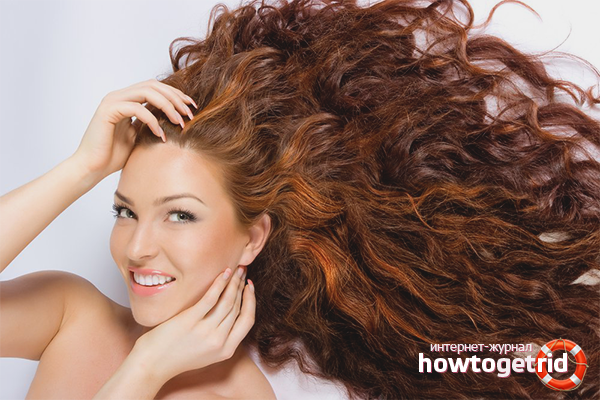

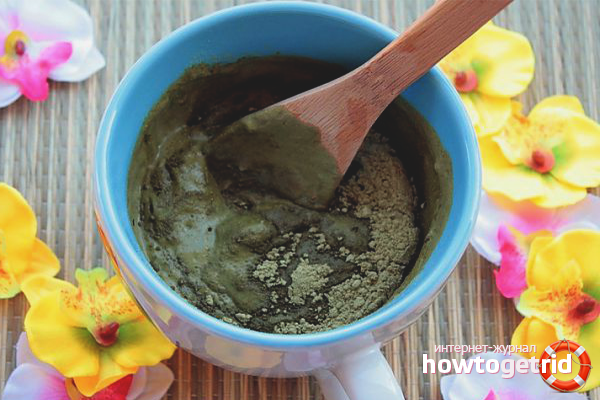


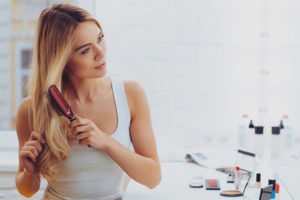


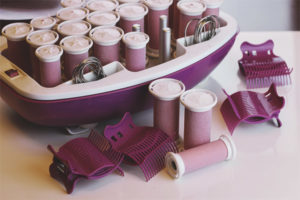
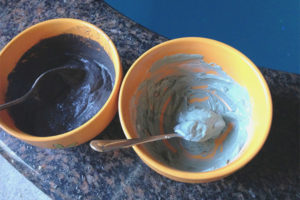
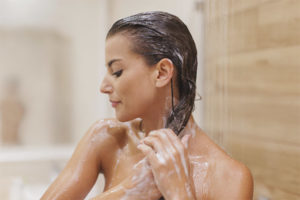
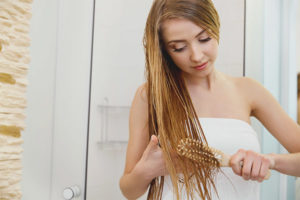
To send